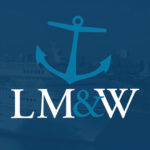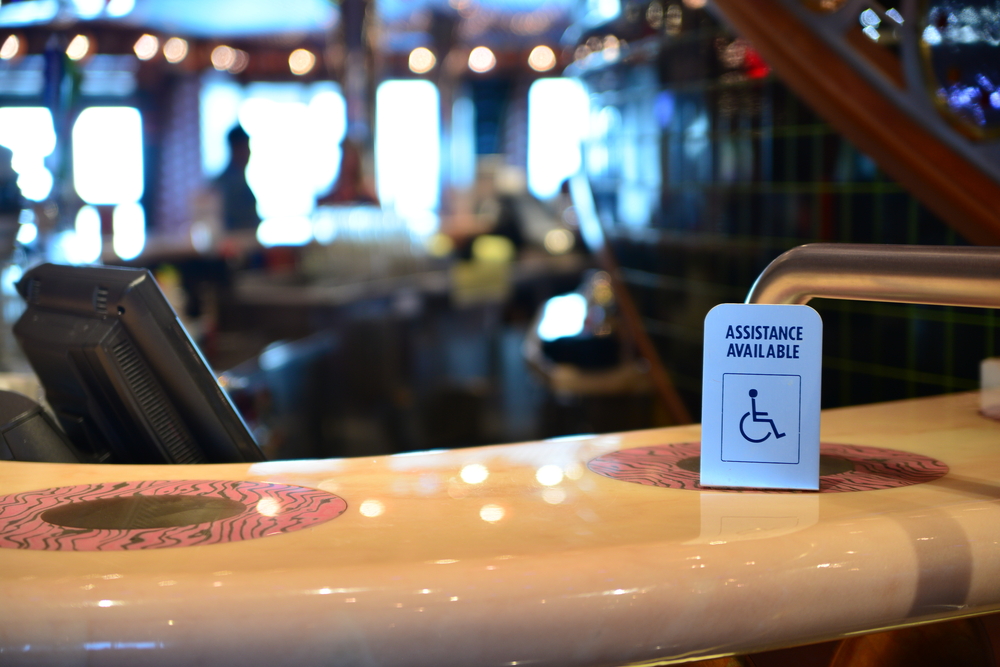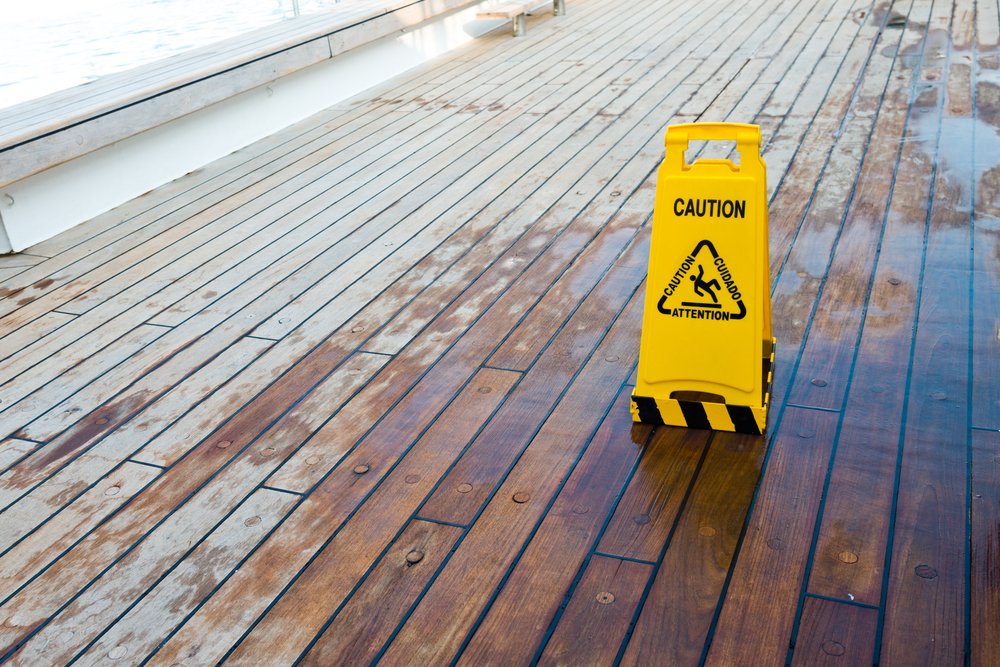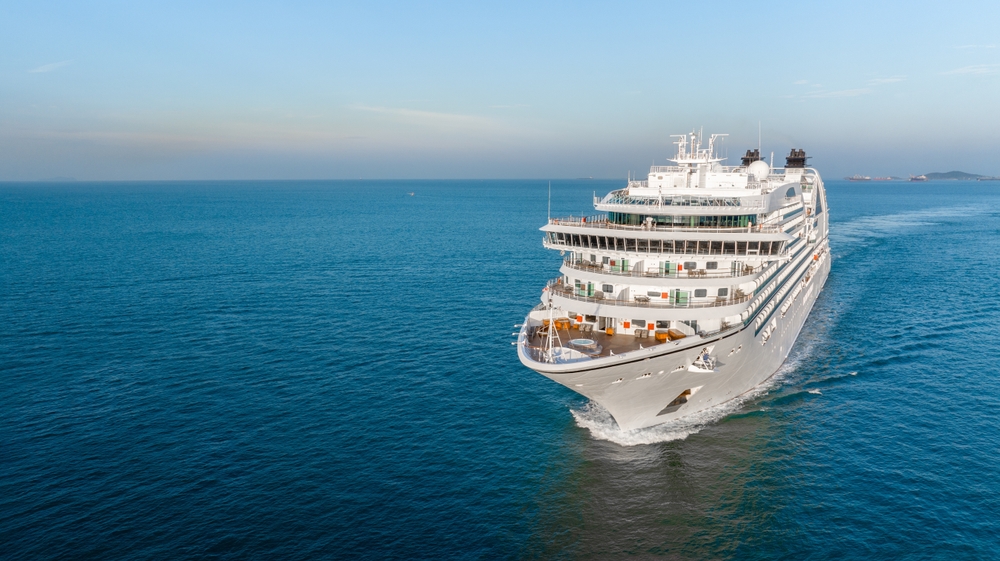
Alcohol has already contributed to numerous accidents on the high seas and even deaths. Because of a cruise ship’s party atmosphere, passengers are much more likely to drink, and cruise ship bartenders are not very likely to stop them. Numerous altercations on a vessel have seen the result of the overconsumption of alcohol and even serious accidents, including one involving one of our clients, Sarah Kirby, who fell from her balcony stateroom after a bartender on her Carnival Cruise kept pushing for her to drink so she could get some casino coupons. Miraculously, Kirby survived, but the same can’t be said for Seth Younes, a 17-year-old passenger who died from alcohol poisoning.
If cruise lines already have a hard time keeping alcohol sales limited to adults, this new booze in a bottle product is likely to lead to serious accidents and injuries.
As it stands, many cruise lines allow passengers to bring their choice of one bottle of wine on their vacation. The bottle must be unopened. Passengers may also sometimes bring unopened water bottles or soda bottles. Numerous passengers have already been clever enough to empty soda and water bottles and fill them with alcohol, but many have been caught and have and their alcohol confiscated. Since only wine is allowed, what several cruise passengers have done is empty the contents of the allowable beverages and fill them up with hard liquor instead. They simply reseal the bottles and for cruise lines that don’t bother checking a passenger’s luggage thoroughly, some people are actually able to get away with it.
For some time now, many passengers have gotten creative and filled mouthwash bottles (which are allowed onboard) with alcohol or have procured clear flasks. Depending on the cruise line, some are able to get away with it and some get caught.
But these new bottles, whose labels makers claim are constantly changed so cruise lines won’t get suspicious, provide superior stealth power for alcohol lovers who refuse to spend hundreds of dollars onboard the ship. The bottles come in sets of two plastic, 16 ounce bottles and their labels advertise the product inside to be a specialty organic shampoo or conditioner. Created by Smuggle Mug, at a price of just $12.99, one might think it’s a steal….or is it?
Probably the one thing that actually keeps passengers somewhat safe from alcohol poisoning or drunken onboard accidents and crimes is the fact that alcohol prices onboard a ship are astronomical. Most people who consume alcoholic beverages on their cruise regularly are looking at spending at least $200 on their cruise – and that’s on a short itinerary. The price tag on alcohol definitely deters many passengers from getting too intoxicated, but if they can sneak in their own alcohol, then it’s a whole other ball game.
More passengers will likely be walking – or stumbling – around the ship drunk and are much more likely to get hurt or even fall overboard. In a way, the bottles do save cruisers money, but from our standpoint as cruise ship accident lawyers, it’s not a very good idea.
Anything that contributes to the already ridiculously high number of accidents on the high seas should be banned. We already have to deal with severe and life-ending accidents caused by a cruise line’s negligence, but adding more alcohol to the mix will likely cause more harm than good.
Ideally, the best thing for everyone would be to consume a small amount of alcohol. That way, passengers won’t get completely inebriated and get into trouble. Alas, it is a cruise vacation and you can’t expect everyone to play it safe.
Published on January 17, 2014
Categories: Cruise Ship Law
Get Free
Consultation














